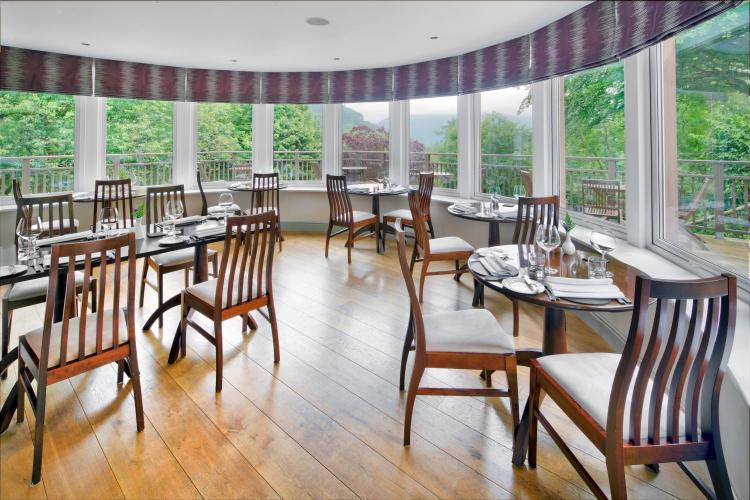Cumbria
WELCOME TO Cumbria
Province Overview
Carlisle
6,768 km2
498,000
English
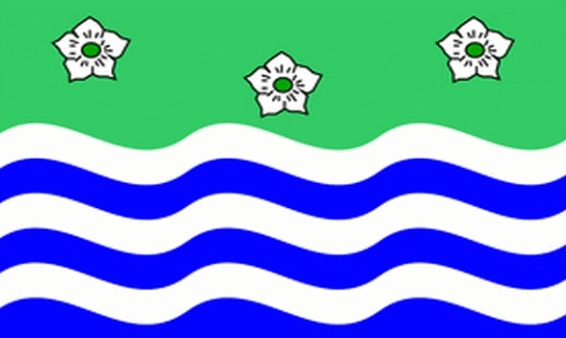
Popular
Geography and Tourist Attractions
Information about the province's tourist attractions, including popular destinations, events, and activities.
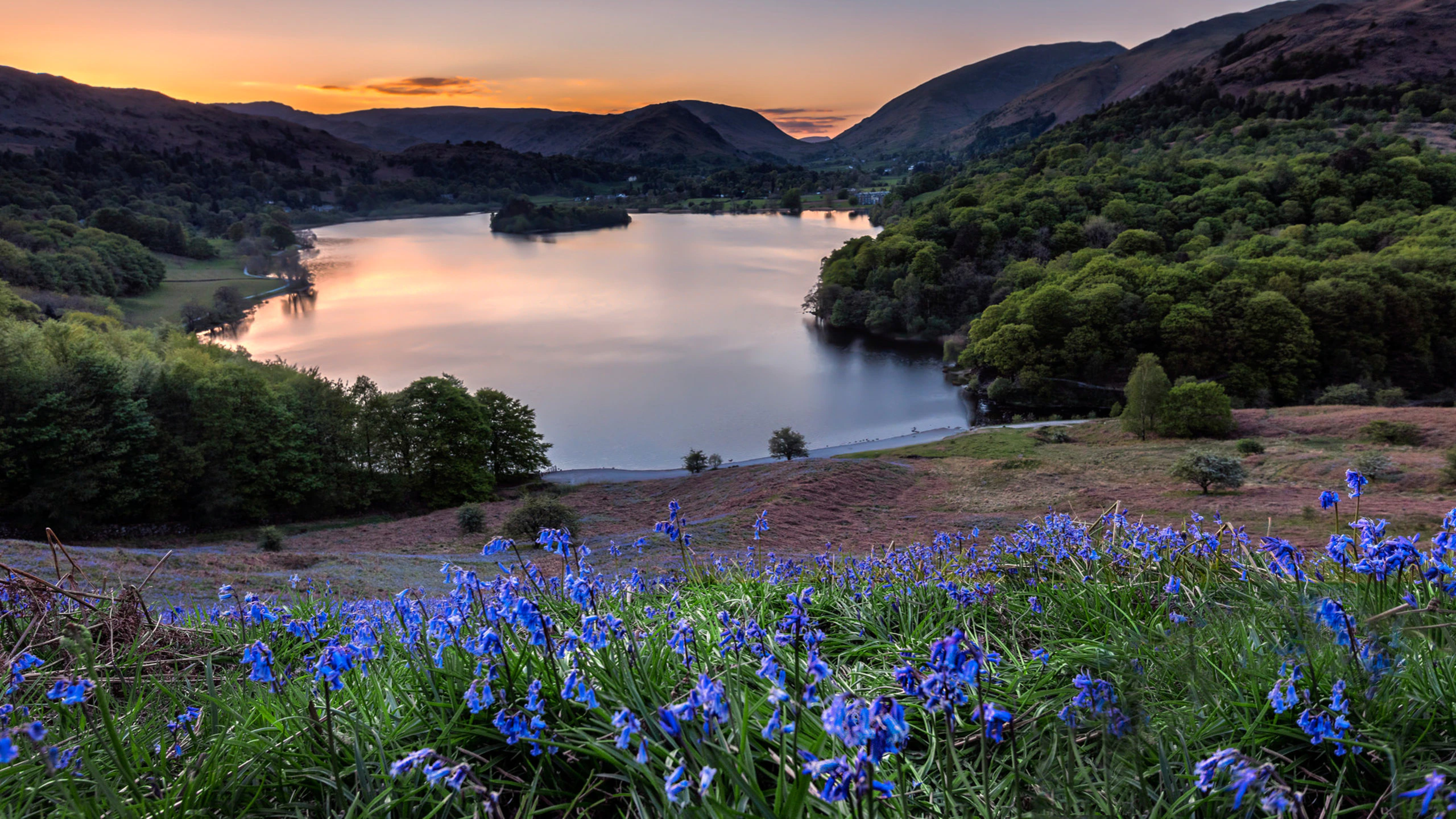
Lake District National Park
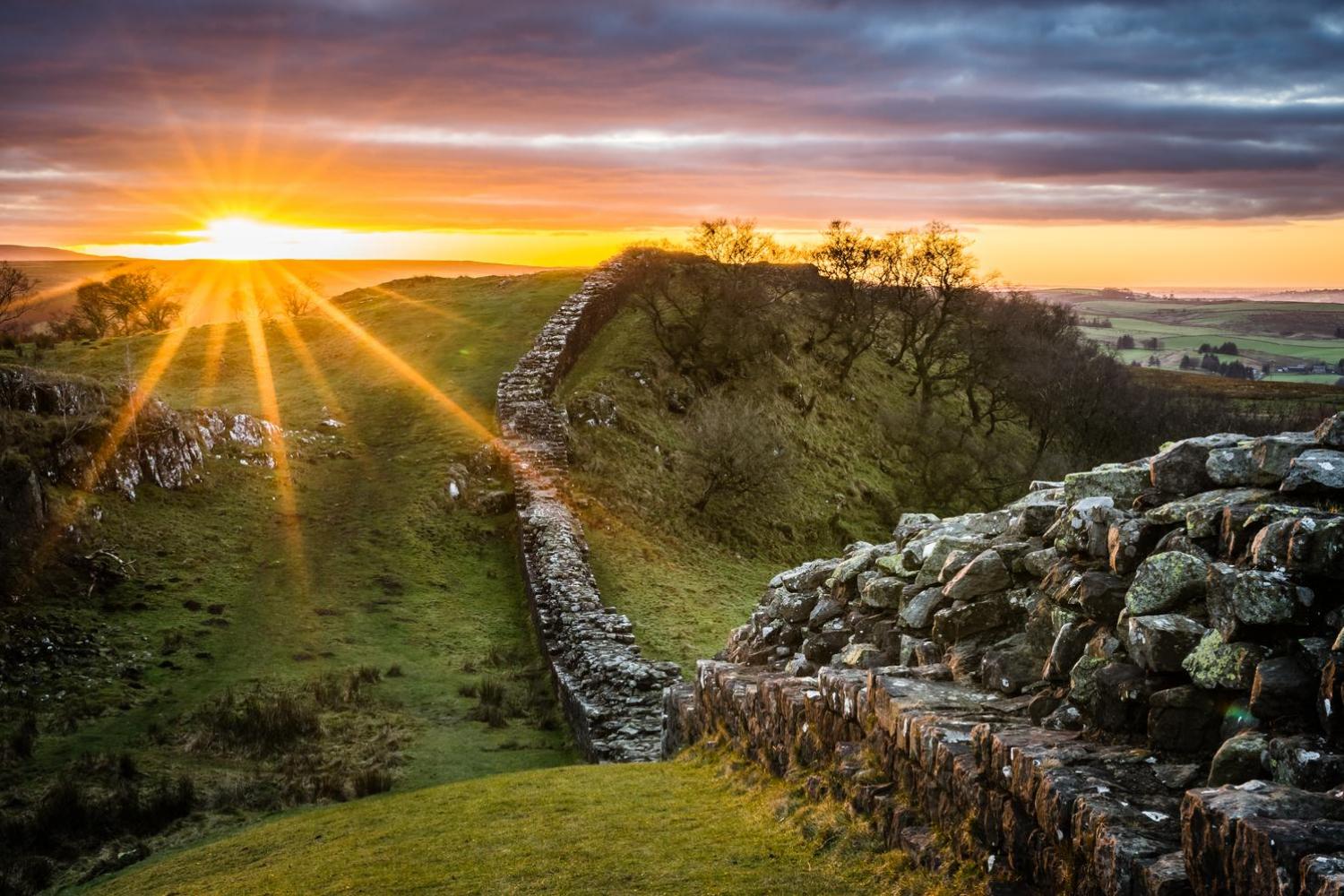
Hadrian's Wall
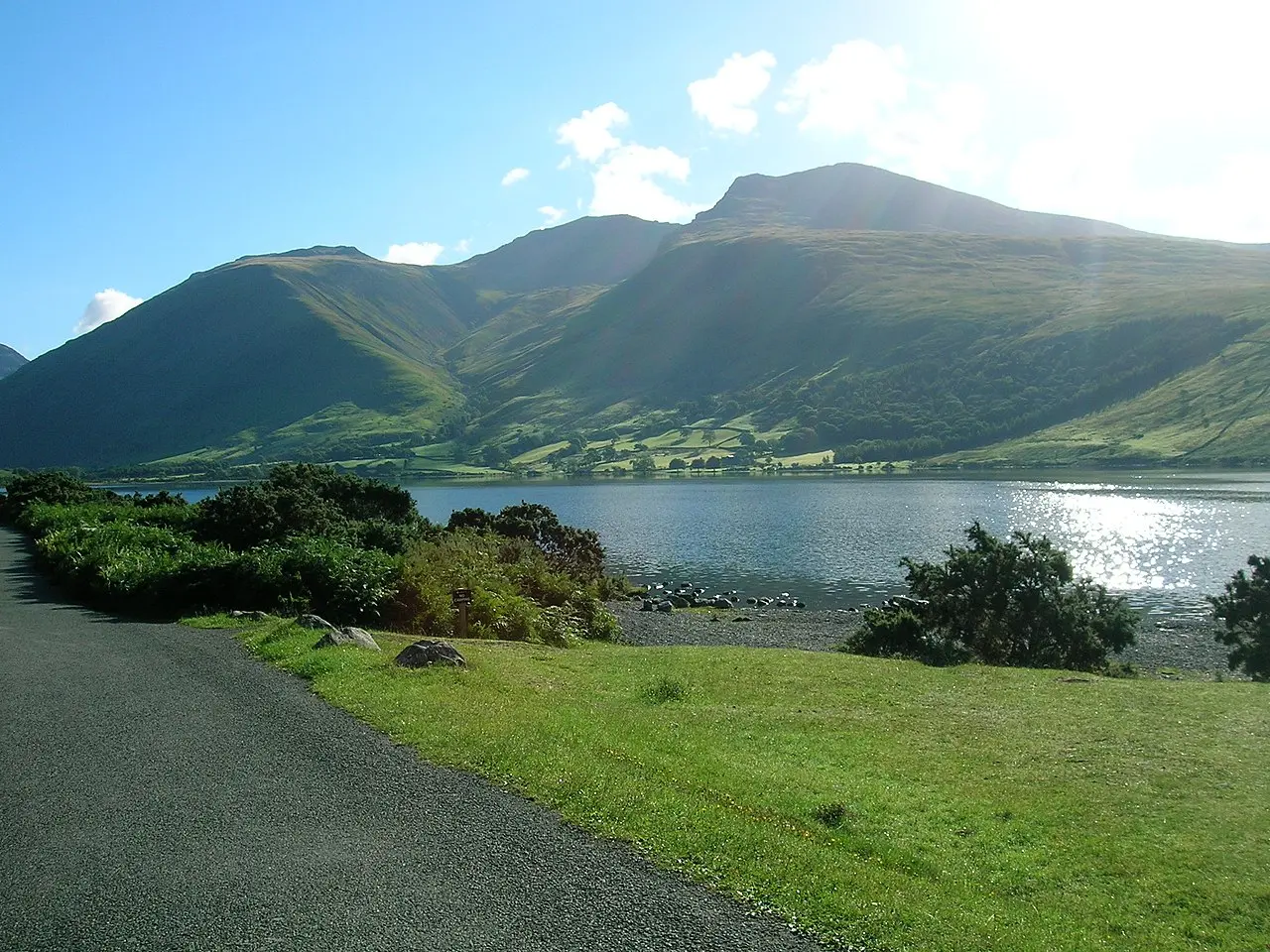
Scafell Pike
Political
Economy and Government
Cumbria is a predominantly rural county with a diverse economy. Agriculture and tourism are the two main industries, with the Lake District National Park attracting millions of visitors each year. Other important sectors include manufacturing, healthcare, and education. The county's largest employer is the Sellafield nuclear reprocessing plant, which provides thousands of jobs.
Cumbria is governed by a two-tier system, with a county council responsible for local services such as education, transportation, and waste management, and six district councils responsible for more localized services such as housing, planning, and environmental health. The county council is made up of 84 elected councillors who are responsible for making decisions on behalf of the county's residents.
In terms of national government, Cumbria is represented by three Members of Parliament (MPs), each representing one of the county's three constituencies: Barrow and Furness, Copeland, and Workington. Cumbria is also represented in the European Parliament as part of the North West England constituency.
Overall, Cumbria's economy and government reflect the unique challenges and opportunities of a rural county with a mix of industries and a rich cultural and historical heritage.
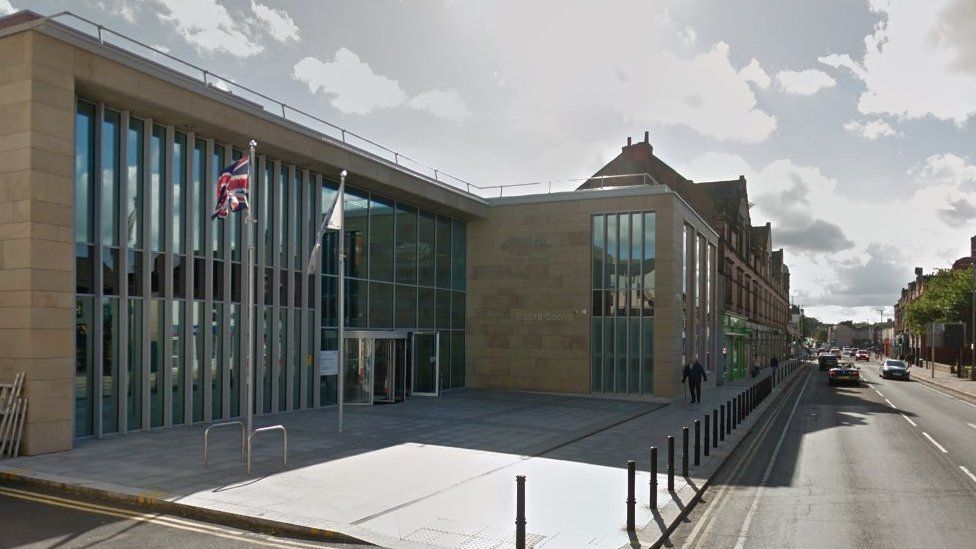
History
History and Culture
Cumbria has a rich history and culture that dates back thousands of years. The area was once inhabited by the Celtic tribe known as the Brigantes, who were conquered by the Romans in the 1st century AD. The region was also home to the Vikings and the Anglo-Saxons, who left their mark on the landscape and the local culture.
The county has a strong tradition of agriculture, which has shaped the local culture and economy. The Lake District, which covers a large part of Cumbria, has inspired poets, writers, and artists for centuries, including William Wordsworth, Beatrix Potter, and John Ruskin.
Cumbria also has a rich industrial heritage, with a long history of mining, steel production, and shipbuilding. The county was also home to the world-famous Carlisle Biscuit Factory, which produced biscuits for the Royal Family.
Today, Cumbria is home to a vibrant cultural scene, with numerous festivals, galleries, and museums celebrating the region's heritage and contemporary art. The local cuisine is also a reflection of the county's history and culture, with traditional dishes such as Cumberland sausage, Kendal mint cake, and Grasmere gingerbread.
HOTELS
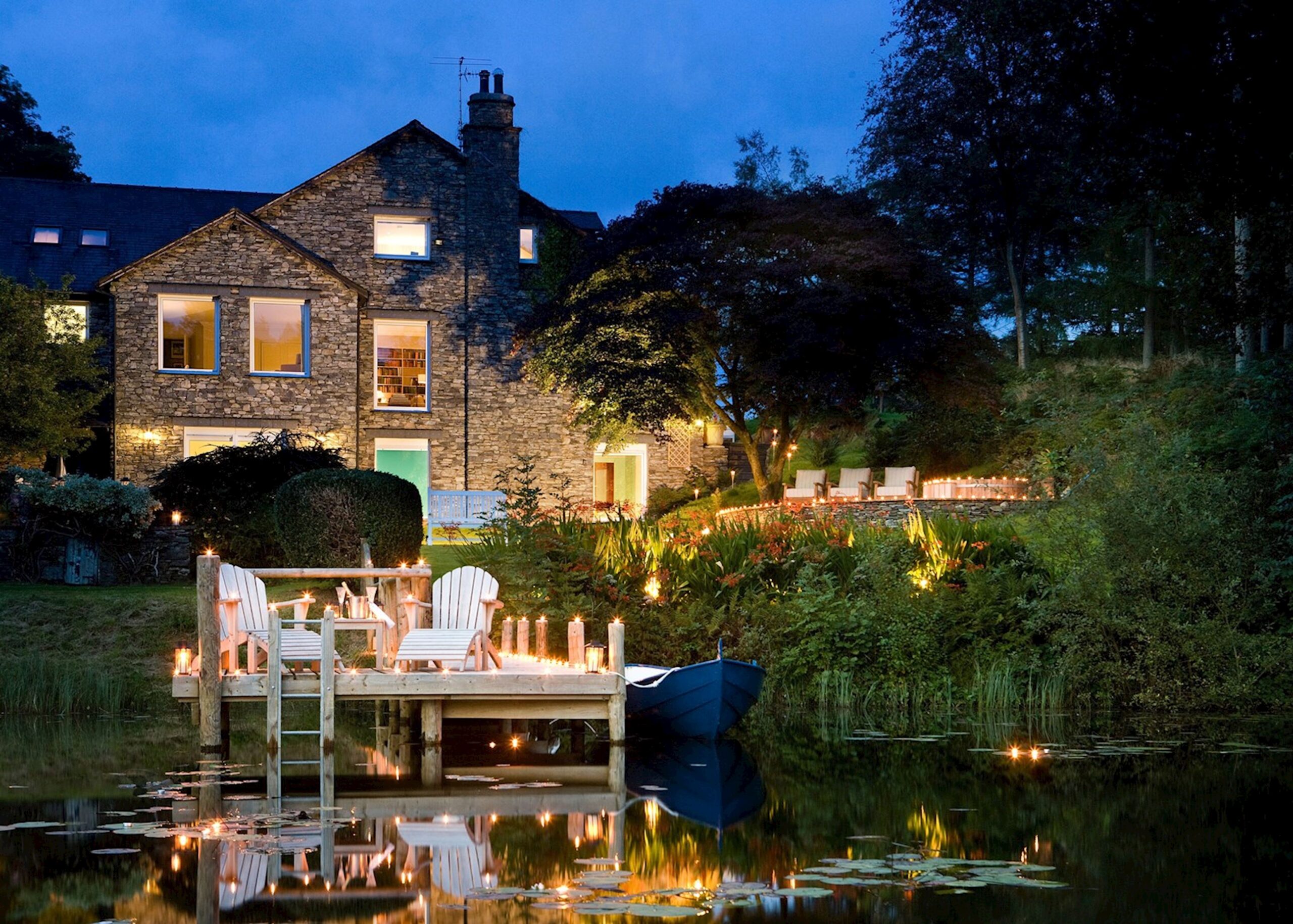
Gilpin Hotel & Lake House
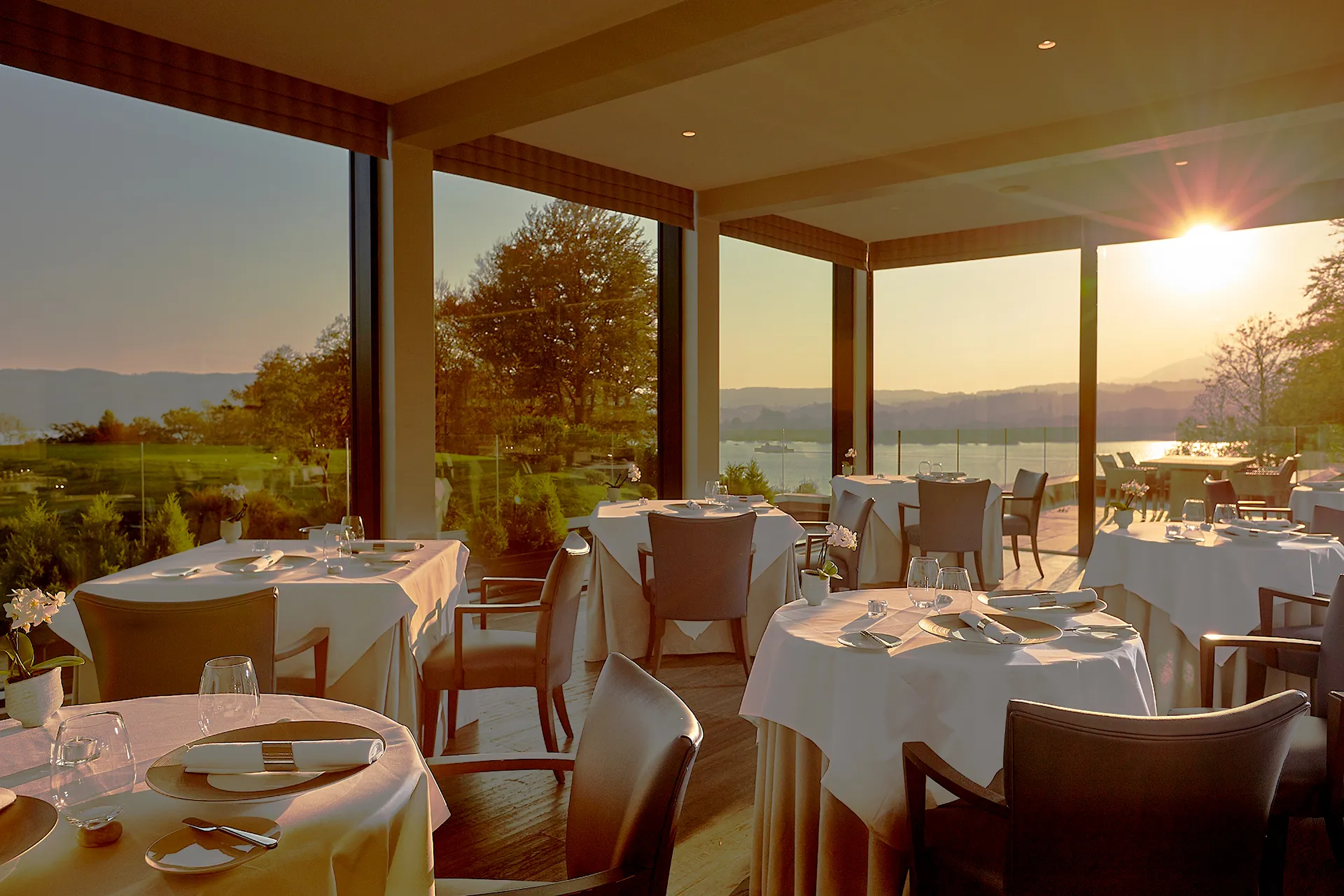
The Samling Hotel
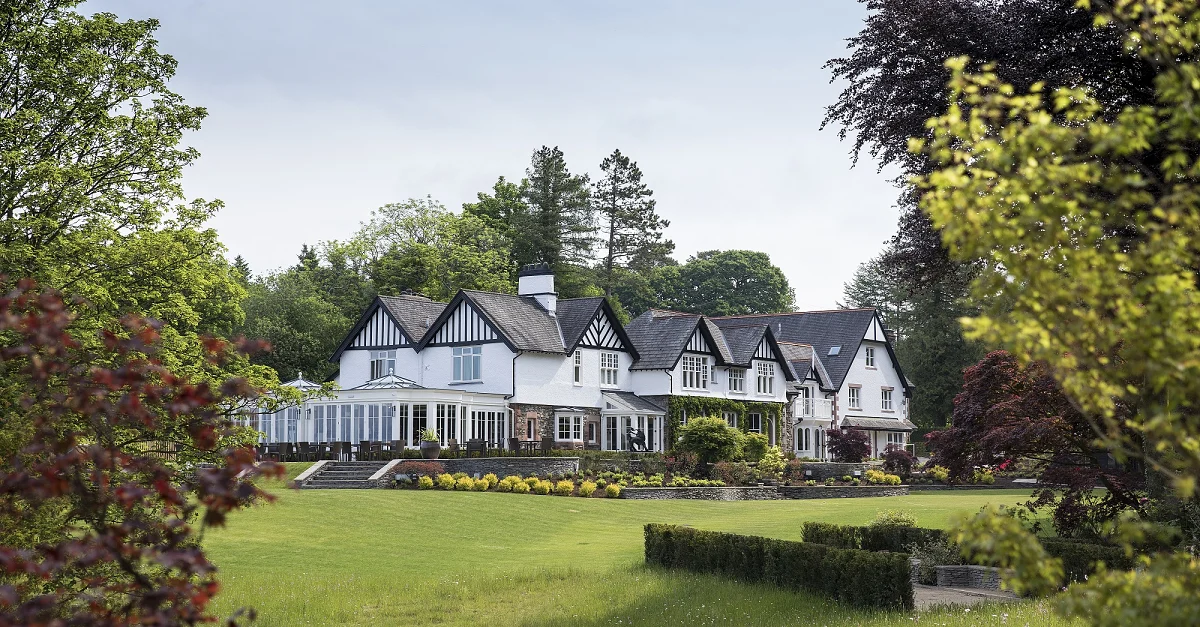
Linthwaite House
RESTAURANTS
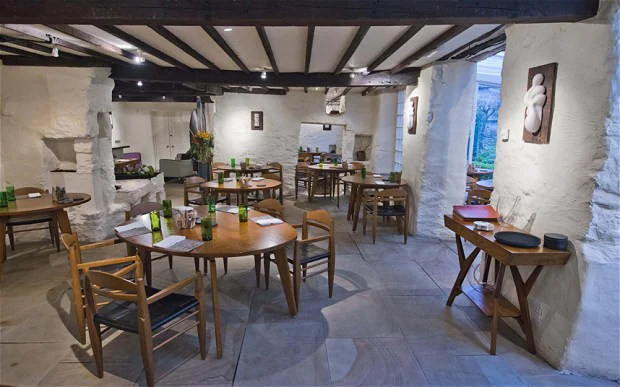
L'Enclume
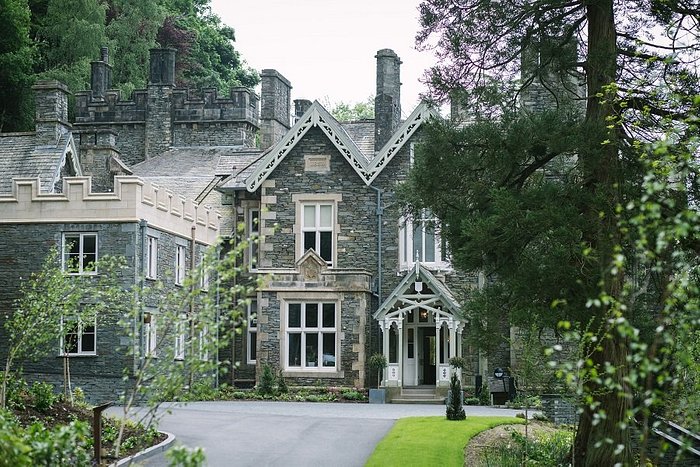
Forest Side
